"Micius" Successfully Completed Three Major Scientific Experiments and China is the First Country That has Mastered the Technology of Wide-area Quantum Communication Network Between the Satellite and the Ground
Time:2017-08-10
Recently, Chinese Academy of Sciences held a press conference in Beijing and announced that "Micius" quantum satellite has successfully completed the three scientific goals, which means that China is the first country in the world that mastered the technology of wide-area quantum communication network between the satellite and the ground, laying a solid scientific and technological foundation for China to maintain its leading position in quantum communication technology in the future and for cutting-edge studies on the basic questions of quantum physics at space scale.
The research team led by Prof. Pan Jianwei and his colleagues like Peng Chengzhi from the University of Science and Technology of China, together with the team led by Wang Jianyu from the Shanghai Institute of Technical Physics of the Chinese Academy of Sciences (CAS), Micro-satellite Innovation Institute, Institute of Optics and Electronics, National Astronomical Observatories, Purple Mountain Observatory, Nanjing Astronomical Instruments Co., Ltd. and National Space Science Center, with the support of the Strategic Pilot Projects in Space Science of CAS, used the "Micius" quantum satellite and realized the quantum key distribution (QKD) from the satellite to the ground and quantum teleportation from the ground to the satellite, which was the first case of its kind all over the world.
The two research outcomes were published online on the influential international journal Natureat one o'clock on 10th August, 2017, Beijing time. They are the other two breakthroughs made by Chinese scientists in the research on space quantum physics with "Micius" quantum satellite, after they achieved satellite-to-ground quantum entanglement distribution over thousands of kilometers and the research on the test of non-locality at space scale was published on Science [Science 356, 1140 (2017)]. Hence, "Micius" has successfully completed its three scientific goals in advance.
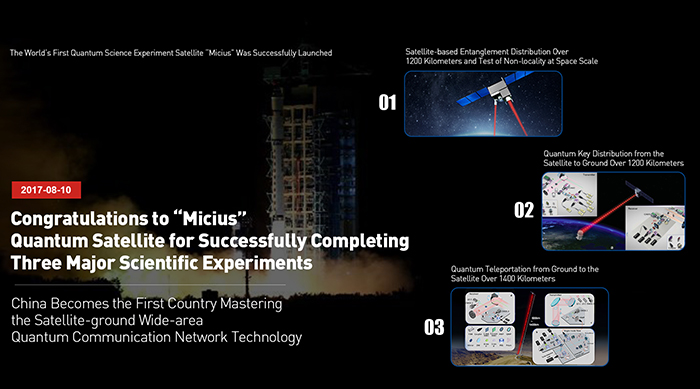
In fact, "Micius" has basically finished the three missions at the beginning of this year, one year earlier than expected, which proved that China’s quantum satellite technology is reliable, stable and mature.

Satellite-to-ground quantum entanglement distribution over 1000-kilometer and test of non-locality at space scale
Pan Jianwei's team conducted a series of pilot experiments to achieve satellite-to-ground quantum communication. In 2003, they put forward the plan of using satellite to realize quantum communication between the satellite and the ground and build a global quantum cryptography communication network. Then in 2004, the team realized the free-space distribution of entangled photon pairs over 13km (beyond the effective atmospheric thickness) for the first time, thus confirming the feasibility of quantum communication through the ground atmosphere. At the end of 2011, the project "Quantum Science Experiment Satellite" was established as part of the Strategic Pilot Projects in Space Science of CAS. In 2012, the team led by Pan Jianwei with members from the University of Science and Technology of China and the Chinese Academy of Sciences achieved the first-ever quantum entanglement distribution and quantum teleportation over 100-kilometer across the Qinghai Lake, which fully confirmed the feasibility of quantum communications satellite. In 2013, they realized the quantum key distribution (QKD) experiment over Qinghai Lake, in which the team simulated the relative motion of the satellite and the Earth and channel loss, thus confirming the feasibility of satellite-to-ground quantum key distribution. Later on, the team overcame difficulties and developed "Micius", the world's first quantum communications satellite. It blasted off from the Jiuquan satellite launch center on 16th August, 2016, and was officially delivered for scientific experiments on 18thJanuary, 2017, after four months of in-orbit testing.
To help "Micius" successfully perform scientific experiments after its launch, Chinese scientists also built a ground science application system composed of five quantum communication ground stations in Nanshan, Delingha, Xinglong, Lijiang and Ali respectively, which constitutes the space-ground quantum science experiment system with the quantum satellite. In addition, Vienne and Graz, two Austrian cities, plan to establish ground stations to communicate with "Micius" for future inter-continent QKD experiments. With the increased number of ground stations and the launch of more quantum satellites in the future, a global quantum communication network will take shape.
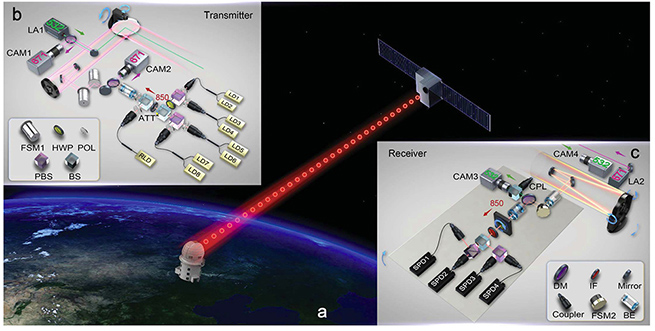
QKD from the satellite to the ground over 1200 km
QuantumCTek also provided products and technical support for another major project in quantum communications—the quantum cryptography communication between Beijing and Shanghai, which has been completed by the end of 2016. The project is undergoing various strict technical tests, and has achieved the transmission of off-site data over 1000-km secured by quantum cryptography for the Industrial and Commercial Bank of China, the application of quantum cryptography communication in corporate online banking for the Bank of Communications and cloud-based quantum cryptography communication for AliCloud. The line joins up Beijing and Shanghai and passes through Jinan and Hefei. It has realized quantum key distribution (QKD) over a 2000-kilometer-long fiber-optic link connected by 32 trusted nodes, and has become the world’s longest quantum cryptography communication line. Therefore, Chinese scientists have set records in both the distances of free-space QKD and fiber-optical QKD.
With the assistance of CAS Quantum Network Company, the team for Beijing-Shanghai Line and quantum satellite team of the Chinese Academy of Sciences are promoting the wider innovative application of their research outcomes. At present, "Micius" has achieved the QKD between the ground station in Nanshan and that in Xinglong, and has been jointed up with the Beijing-Shanghai line through five relay stations in Xinglong, Yukou, Linhe, Shangdi and Data. Now the ground station in Nanshan is able to produce quantum keys in cooperation with the Beijing-Shanghai Line through "Micius", thus achieving secure quantum communications between user nodes in Beijing, Jinan, Hefei and Shanghai.
The completion of the Beijing-Shanghai Line and the scientific experiments by "Micius" represents China’s leading position in the quantum communication technology. It helps to preliminarily build the wide-area quantum communication network between the space and ground, and lays a solid foundation for the further application of quantum communication technology and the development of strategic emerging industries.
Reviewers of Nature commended the result of the satellite-to-ground QKD as "an impressive achievement" and "it constitutes a milestone in the field", and even declared "I have no doubt that it will attract the interest of scientists working in a variety of fields (including quantum information science and space science), the general public, and lead to very extensive media coverage".
Reviewers of Nature commended the results of ground-to-satellite quantum teleportation as "These results represent an important breakthrough in the quest for quantum communications over long distances" and "This goal is very challenging and new, and it represent a significant advancement of the realization of quantum communications schemes".
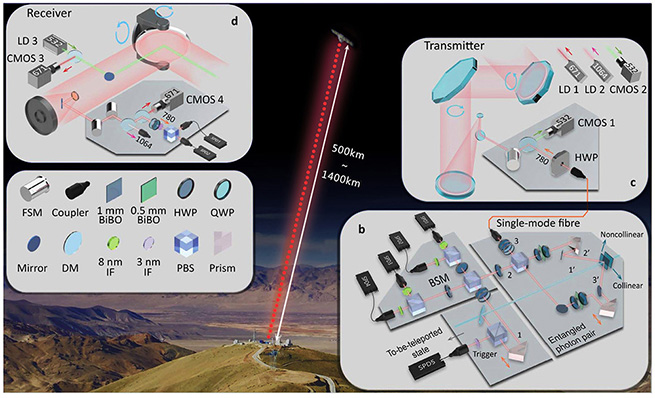
Quantum teleportation from the ground to the satellite over 1400 km
The preprint of the article has received wide attention in the international science media after it was published on arXiv.org. For instance, Nature News reported the event with the title "Quantum teleportation is even weirder than you think"; BBC News published a series of reports with titles like "First object teleported to Earth's orbit" and "Teleportation: Photon particles today, humans tomorrow?", while The Guardian released a news report entitled "Beam me up, Scotty! Scientists teleportphotons into space".

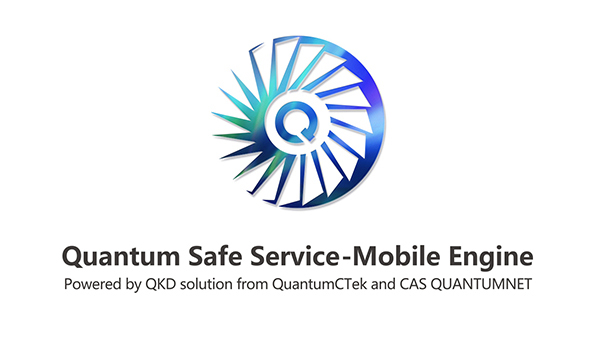 More
More
 More
More
 More
More
 More
More
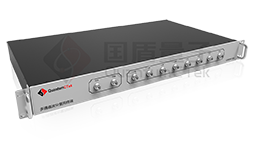 More
More
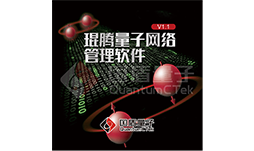 More
More
 More
More
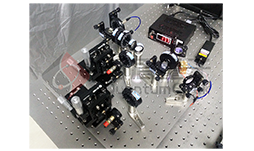 More
More
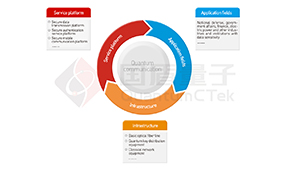 more
more
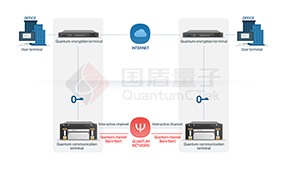 more
more
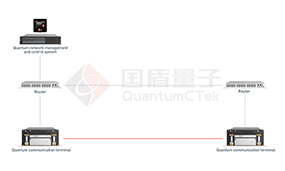 more
more
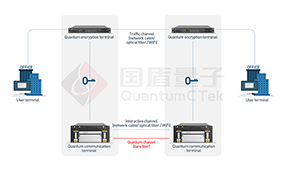 more
more
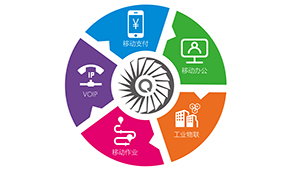 more
more
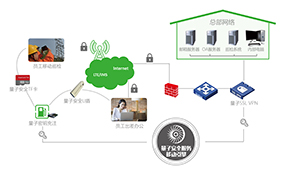 more
more
 more
more
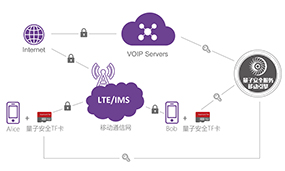 more
more
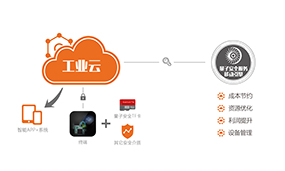 more
more
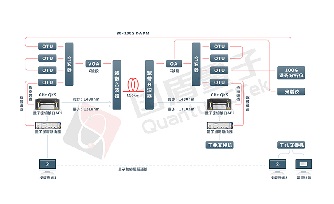 More
More
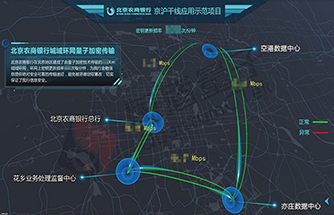 More
More
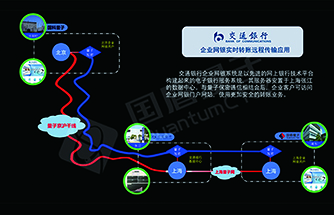 More
More
 More
More
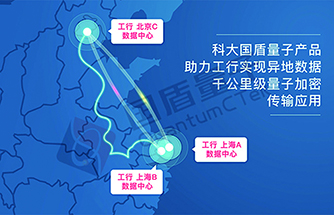 More
More
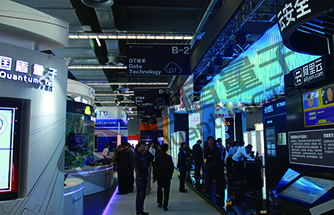 More
More
 More
More
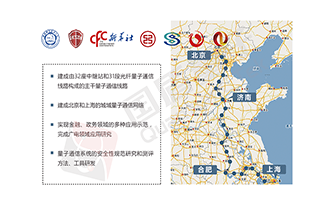 More
More
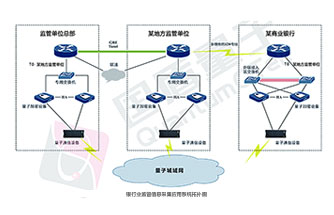 More
More
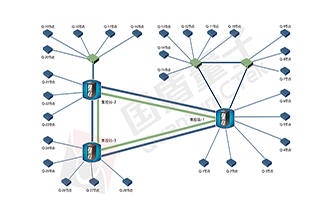 More
More
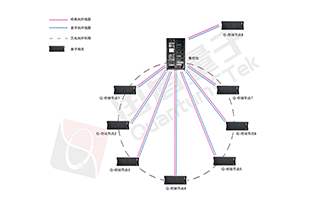 More
More
 More
More
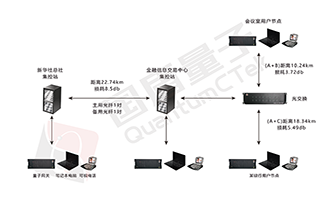 More
More
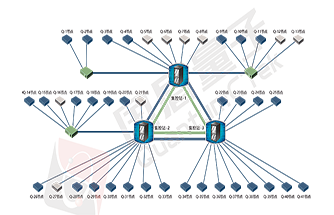 More
More




